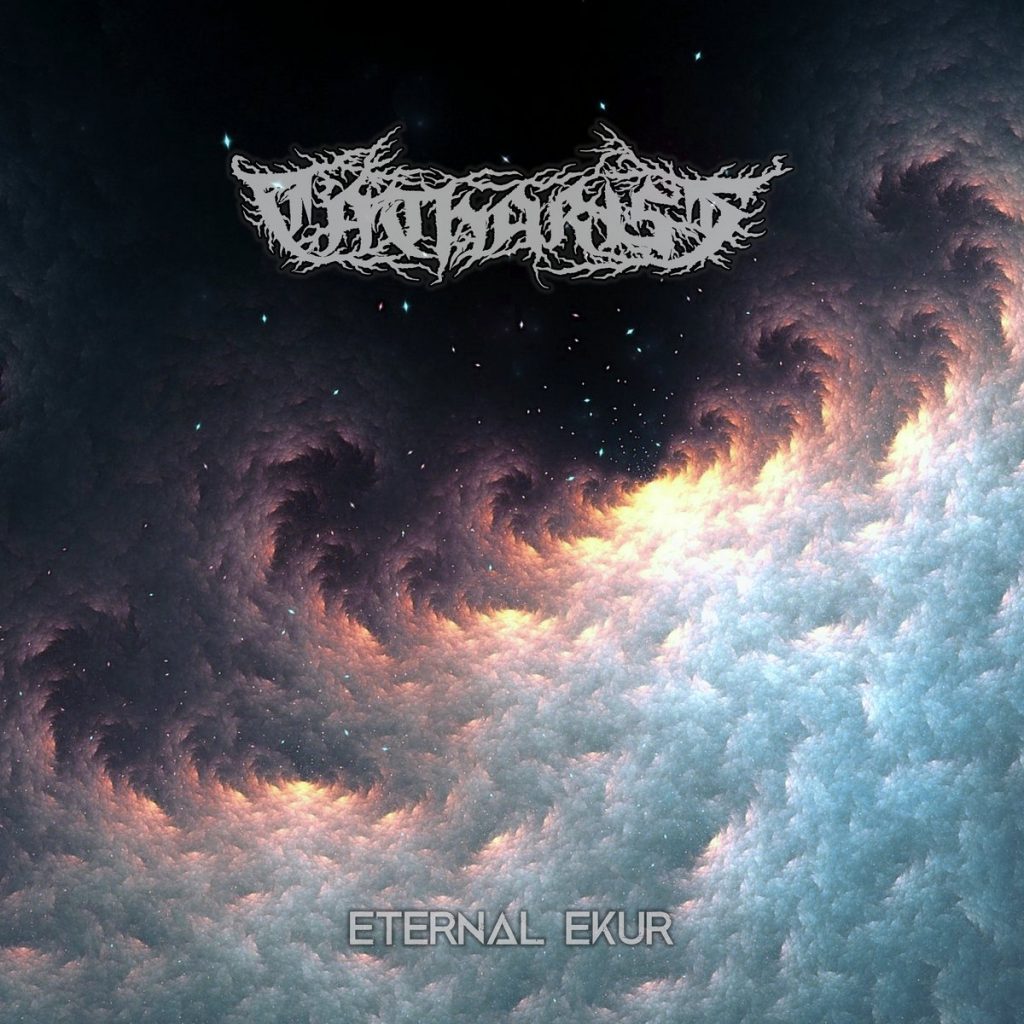Under The Influence #85: Catharist on “Colony” by In Flames!
1999 saw the release of the fourth studio record “Colony” from Gothenburg Sweden Melodic Death Metal quintet In Flames, an album which is the first of an eleven year run for what many fans consider the bands classic lineup. Alongside Dark Tranquillity and At The Gates, the Swedes were pioneers in the genre and helped create what is known as the “Gothenburg sound“, something which would later lay the foundations for the early Metalcore scene. Harmonized lead guitar melodies and unclean vocal death growls were underpinned by synths made up the heart of the sound while lyrical themes of astrology and mankind from a global perspective helped create the bands legacy.
Jim, Catharist Guitarist: “I think we can all agree, there’s nothing quite like the excitement of discovering a great new band; knowing there’s a series of albums waiting to be heard, each track better than the last. Now imagine that its not a new artist you’ve discovered, but a whole new genre of music… I don’t think any single thing had the same impact on me as the discovery of melodic death metal. It was Carcass that caught my intention, especially their musical progression throughout their career. Their gore-soaked grind origins evolving into a brutal yet melodic force of metal really struck a chord with me (pun intended). This sound fascinated me: Heavy and brutal, yet melodic without being cheesy. I knew I had to hear more, and stumbled across Carcass guitarist Michael Amott’s next venture Arch Enemy. This led to Dark Tranquility, Amon Amarth, and In Flames; a band that would blow my mind. At the time In Flames’ latest release was “Clayman”, and as much as I enjoyed that album, it felt a bit safe. A bit too refined. It was like their “Black Album”, and I wanted to find their “Master of Puppets”. Next moving to their previous album “Colony”, this couldn’t have had a bigger effect on me. The album kicks off with a long pick-slide and drumfill, followed by the now ubiquitous In Flames style lead guitar work, whilst Anders’ voice is noticeably rawer, closer to the screamed vocals we all prefer than his later style (the less said about their recent material the better). Throughout the course of the album, there are further standout moments. Interesting use of clean guitars and synths including a Hammond organ add extra layers to the sound, a technique we also use in Catharist. Just when you think the tracks are getting a little too melodic and mid paced, a faster heavier song comes around the corner and suckerpunches you unexpectedly. This is an consistently excellent album, and possibly the most metal use of slide guitar I’ve heard! The album closes with the bonus track that holds the mighty title of being my all time favourite instrumental piece. Ever. The artwork is similarly impressive. I can’t be the only person that used to stare at album artwork whilst listening, picking out small details. it’s 20 years since I bought this album, and I’m still noticing new parts on the artwork. We all recognize the series of half organic, half mechanical, Geiger-esque towers, but I only noticed the flower outline underwater to the left of the Jester head motif when I was writing this. Re-listening to this album in the week leading up to writing this served as a large slice of nostalgia. Not so much nostalgia for the album, as it has remained on heavy rotation in my playlists since I first heard it. I would say more nostalgia for discovering new genres. That feeling of thinking “If this band are doing this type of thing, who else is out there doing it?” and wondering what other classic albums are waiting for you out there. If this is your first foray into melodic death metal, then you’ve peaked too soon. You’ve started at the top. With the possible exception of fellow countrymen At The Gates‘ 1995 release “Slaughter of the Soul”, you won’t hear a better melodeath album. This album is a great reminder of just how amazing In Flames were at this time, and regardless of whatever direction they took in the years that followed, they cannot undo this masterpiece.“



